A Chilean native who moved to New York thirty years ago, Alfredo Jaar does not define himself or his work by reference to geographical belonging. “What is the nationality of this work? Where is Chile here?” he asks rhetorically in front of Venice Venice, his site-specific piece for the 2013 Venice Art Biennale (curated by Madeleine Grynsztejn) — and, admittedly, no element or detail in the work refers to the country. Even its physical placing in the Artiglierie, the wing of the Arsenale used to house national representatives without permanent pavilions in the Giardini, seems to underline the non-canonical elements of this identity.
At the entrance to the Chile Pavilion we meet a 1946 black and white photograph, 2,5 metres square in size, of the Italo-Argentine artist Lucio Fontana amid the wreckage of his Milan studio, which was destroyed in the war. Ruins — in this case of a place of critical and creative activity — are a central element in Jaar’s work: they represent defeat and loss, but also the necessary basis for reflection and release. In fact, the image of Fontana (an artist who has profoundly influenced Jaar) represents a particularly difficult period in Italian history, but one that led to an incredible creative and political rebirth. It is a kind of programmatic manifesto for the whole installation, extending a poetic invitation to rethink the whole model of the Biennale exhibition.
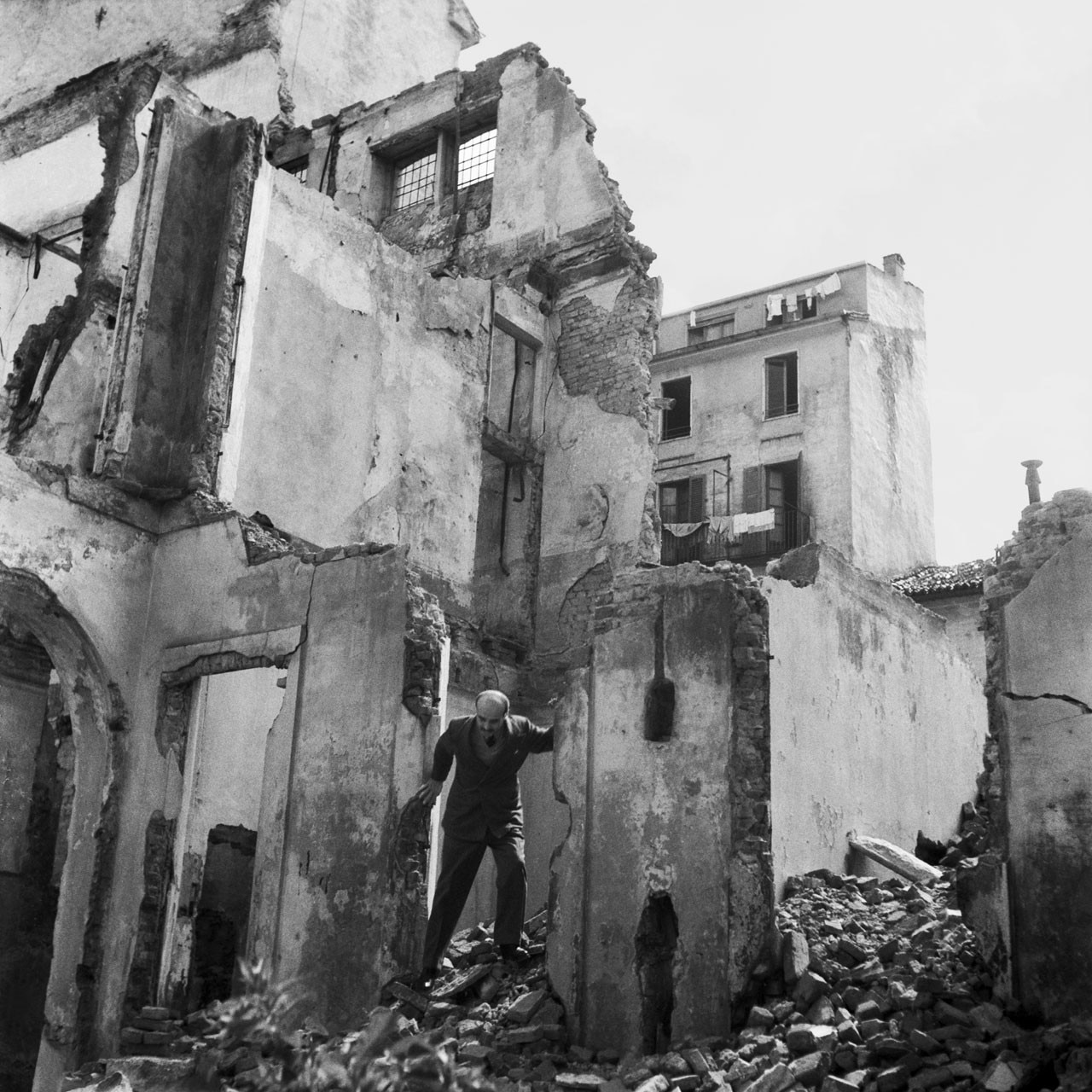
“Lucio Fontana came back from Argentina, where he was born, and found his studio that was destroyed by the bombs of the Second World War”, explains Jaar. “It was a key moment in the history of Italy and the world. Italy had lost the war and was humiliated, it was completely lost and destroyed but an extraordinary group of intellectuals changed the country in 20 years: in 1942, during the war, Luchino Visconti released Ossessione; in 1945, with a script by Fellini, Rossellini comes out with Roma città aperta; in 1948, three years after the war, there was Ladri di bicicletta by Vittorio De Sica. And we continue: in 1950 three was Ungaretti with La Terra promessa, in 1951 Il conformista by Moravia, out of which 20 years later Bertolucci made a film. And it goes on with Fellini and Pasolini with The Accattone, Mamma Roma in ’61-’62. An incredible group of filmmakers, writers, poets and artists illuminated the cultural scene of Italy and the world and put Italy back into the map where it had disappeared after World War II.
So the image of Lucio Fontana demonstrates the power of art and of intellectuals to make changes.
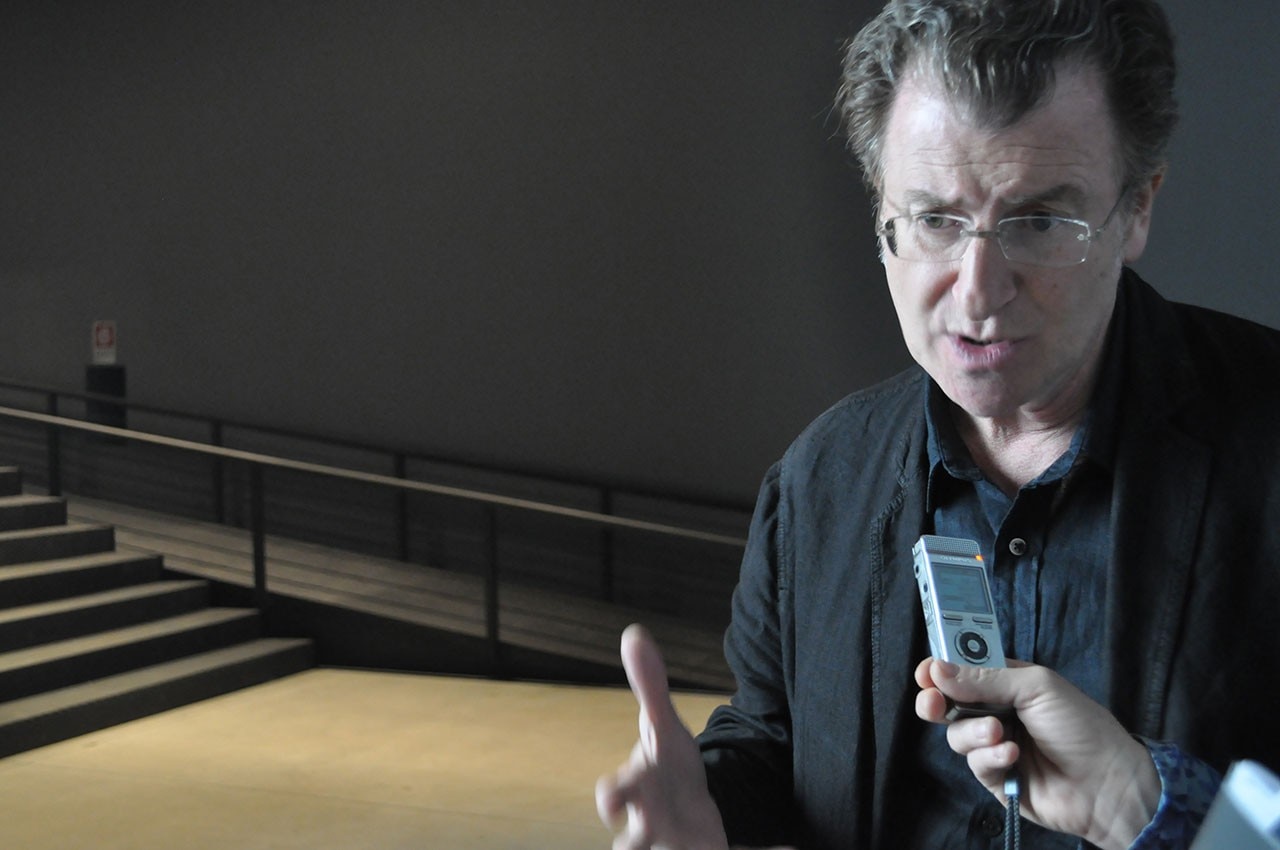
Loredana Mascheroni: The resonance with our contemporary situation here is strong: the economic crisis is destroying what we have built till now.
Alfredo Jaar: Of course Fontana’s image can be used as a metaphor of what is happening today in Italy and Europe. It is always the same. We have a role to play as artists and intellectuals.
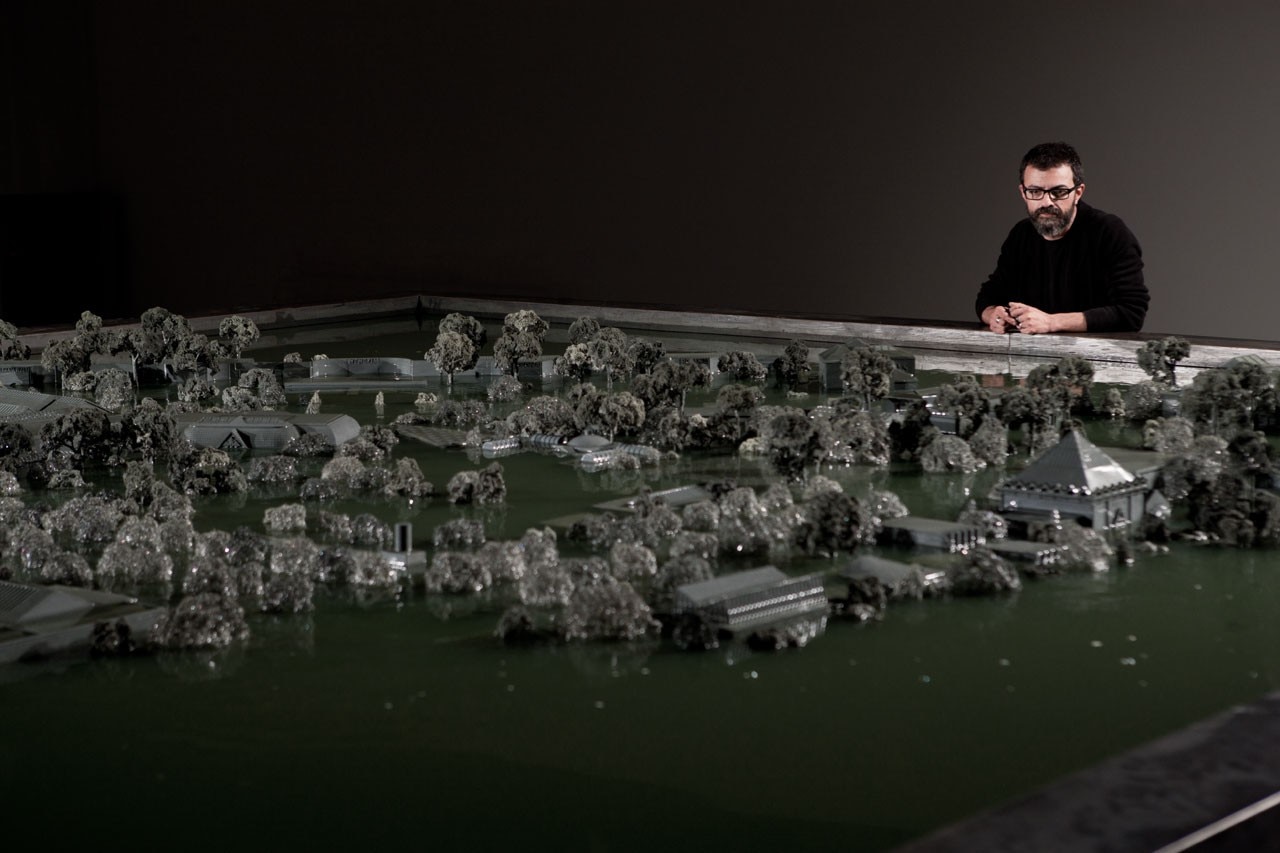
Loredana Mascheroni: Your installation continues with a bridge.
Alfredo Jaar: Visitors discover a bridge they are invited to cross, like in Venice. But more than a physical bridge, it is a mental one because I ask people to go somewhere where they have never been. When you come to the bridge you encounter a pool filled with the Laguna water, it is of the same colour (we used colorants to make it of the same colour). It’s quiet, you have its reflections on the walls, nothing happens. Some very impatient people come by, walk by, they don’t even realize that something will happen, because they are stressed, they want to see everything and have no time to spend waiting. Those who stay will be rewarded: every 3 minutes from the water emerges a perfect replica of the Giardini with the 28 national pavilions. I have created an utopian future where the Biennale has disappeared and what comes out is a ghost from history. What I am doing here is a poetic invitation to rethink the Biennale, because it was created in 1895 but the world has changed and the order of the Biennale, with the Giardini having pavilions for certain countries and not others is no more. Everything has changed, it is an obsolete structure. In 1968 Germano Celant proposed to erase it completely and to build a big structure to house international exhibition that would be open to artists from all over the world. So mine is not a brand new idea.
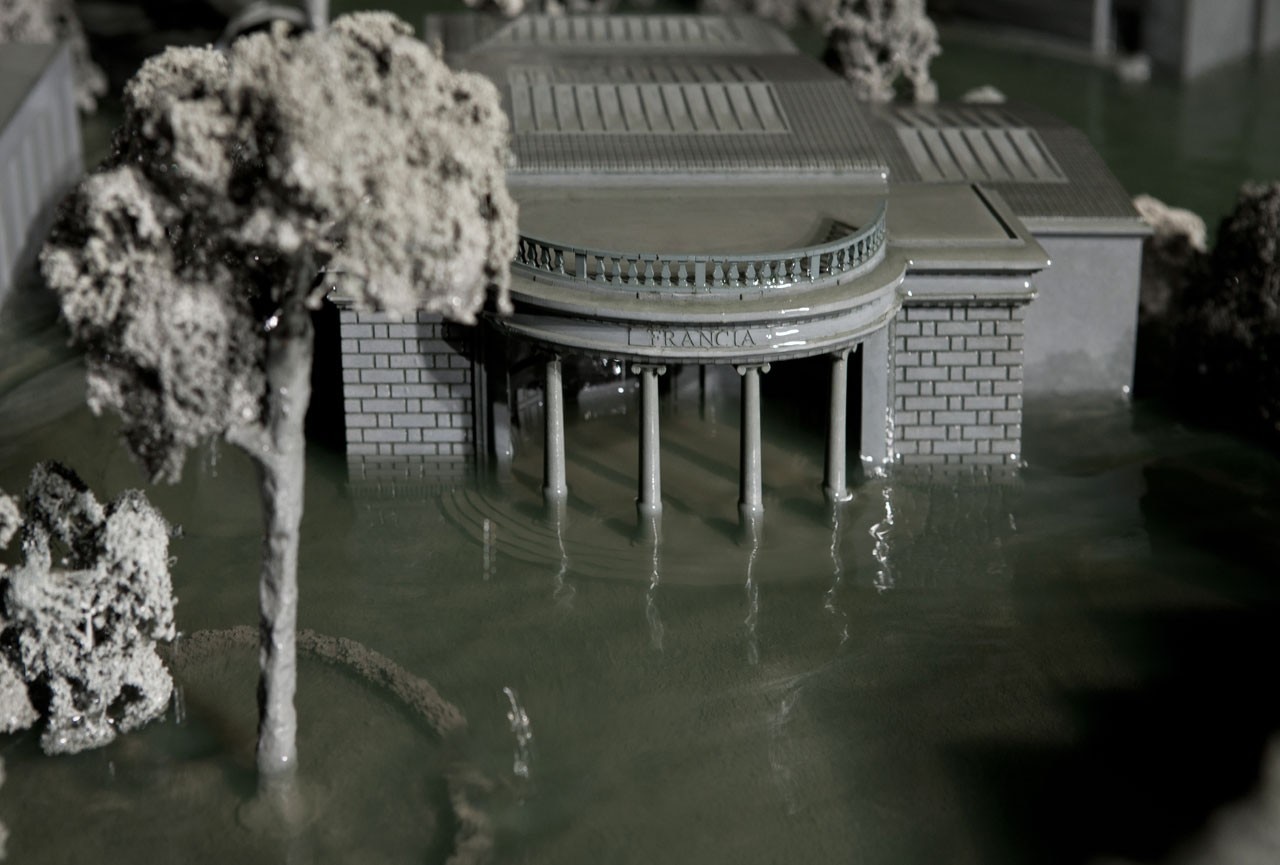
Loredana Mascheroni: I think your idea is also linked to everyday life, it can also be a suggestion to get rid of old habits and old things, in order to free our minds.
Alfredo Jaar: It’s an invitation to change things, to change an old order and to try to really reflect on what’s happening in contemporary art. Artists today are born in a place, study in another place, work in a different one, live in another and show in another. Artists like me are not studio artists. I don’t create work in my studio about my town. I create site specific works for the context in which they are shown. This is a site specific work for the Venice Biennale. So, what is the nationality of this work? Where is Chile here? This is the system of thinking of artists today: we create models of thinking the world outside of the national borders. The Arsenale is a generous space where people start from scratch, I am free to do what I want, I am not in the context of a pavilion with a history of a country.
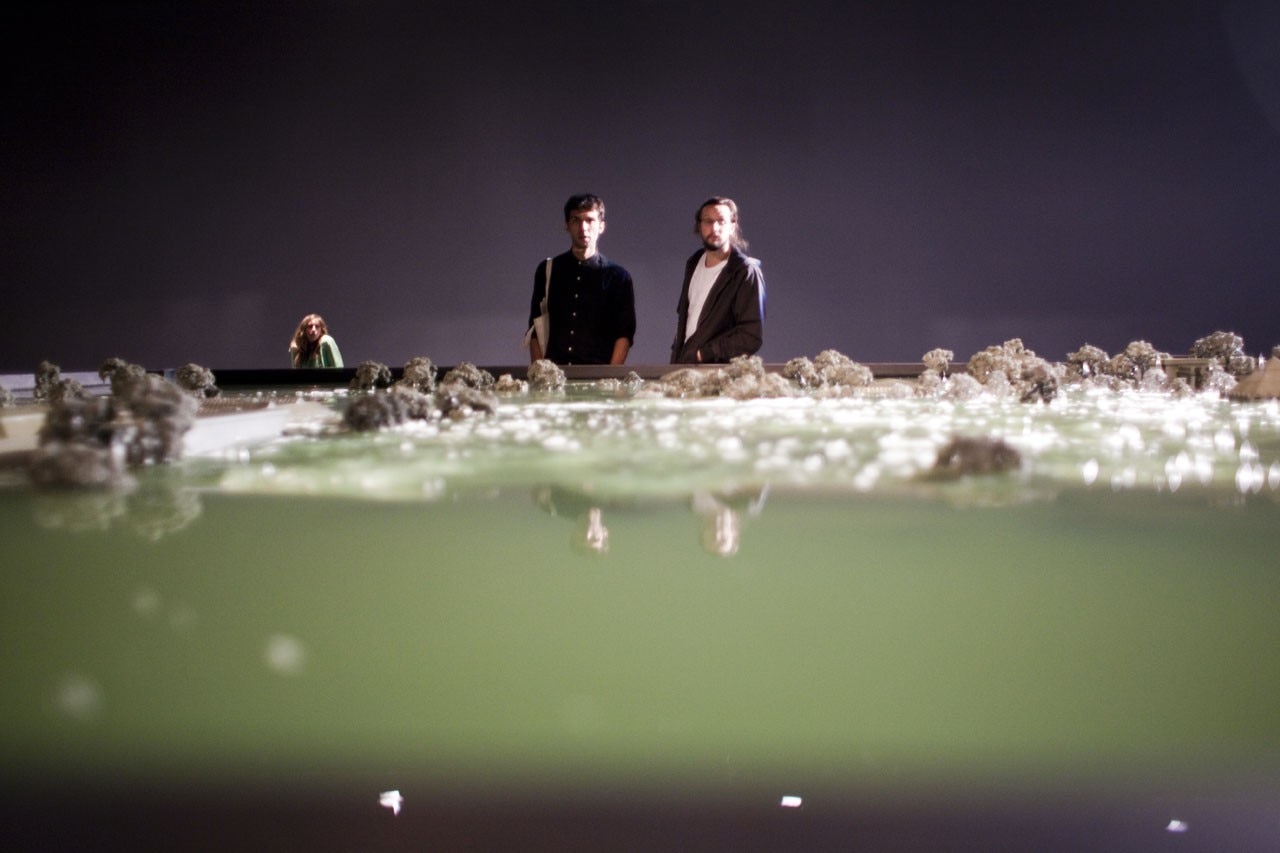
Loredana Mascheroni: You often focus your work on a place that you deem particularly important and neglected, such as in the Rwanda project. Which is the place that you think deserves your attention now?
Alfredo Jaar: There are so many places now, there are 35 conflicts in the world and they all deserve attention. But people have a limited attention span, it’s complicated, we do what we can.
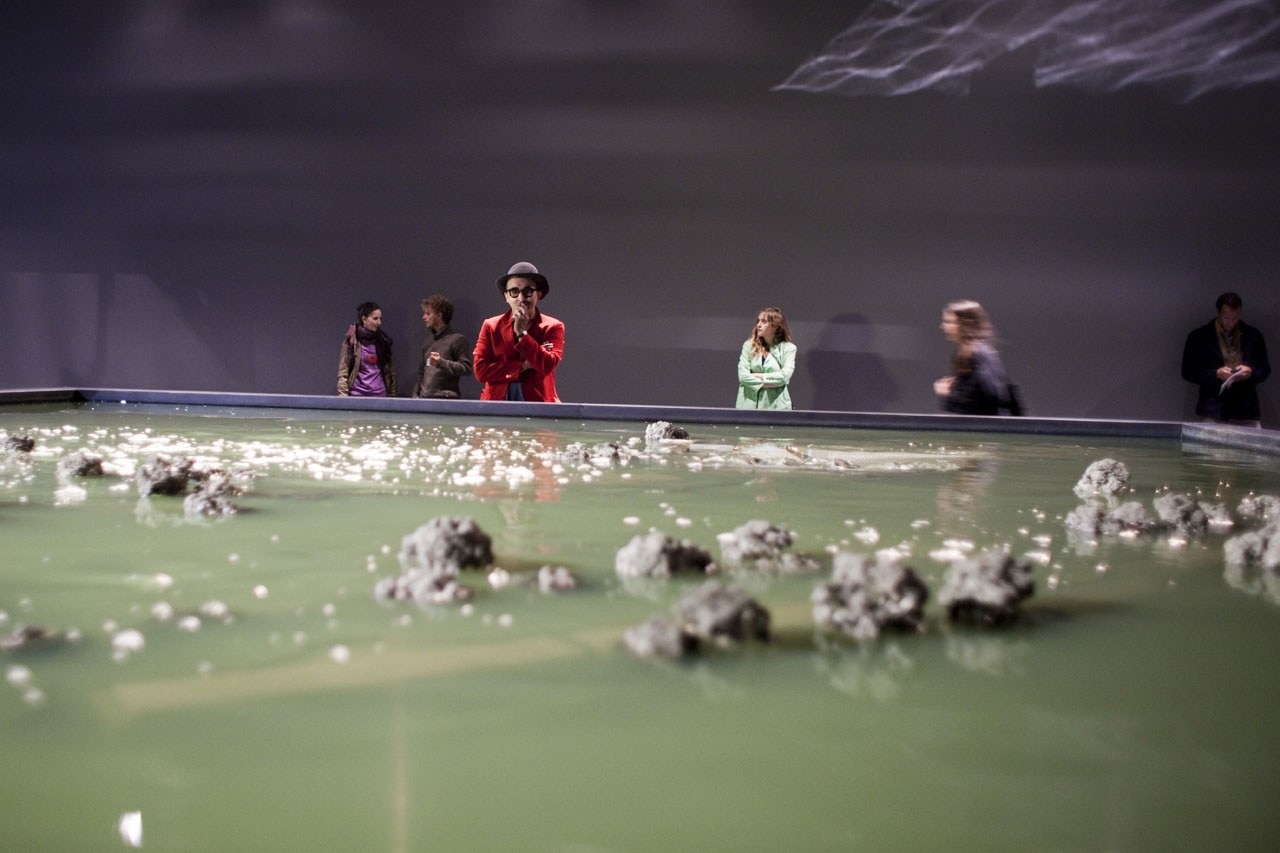
Loredana Mascheroni: You think the limited visibility of important issues is due to the censorship of influential people like politicians or journalists? What is the task of the artist?
Alfredo Jaar: For me the world of art is the last remaining space of freedom. It’s an extraordinary privilege for us artists to be working because we have the freedom to do everything we want.
Loredana Mascheroni: What about the artistic situation in Chile?
Alfredo Jaar: It’s a young, small country, things are starting to move out into the world, there are quite a few talented artists. There is a small scene that is emerging.



